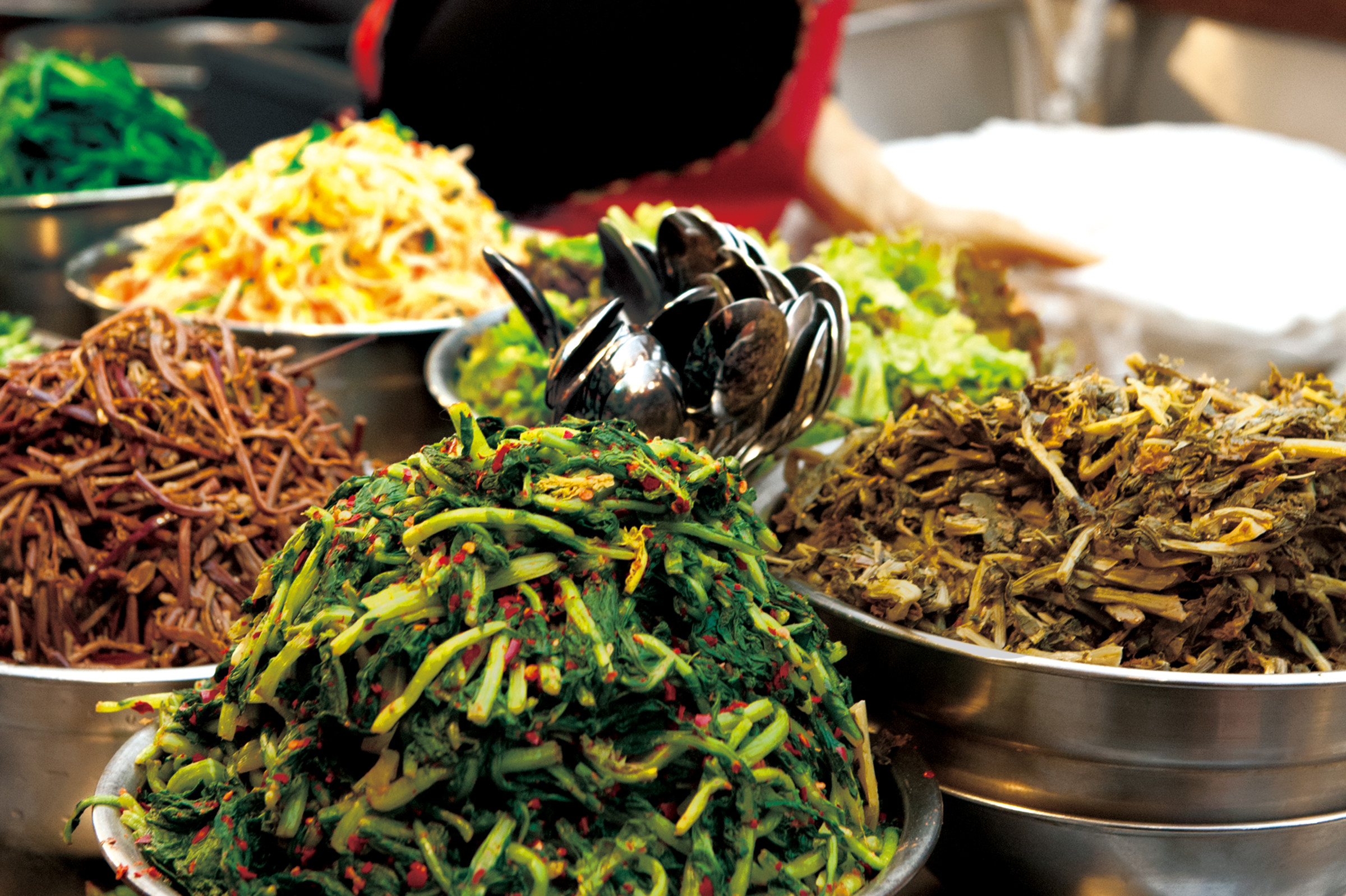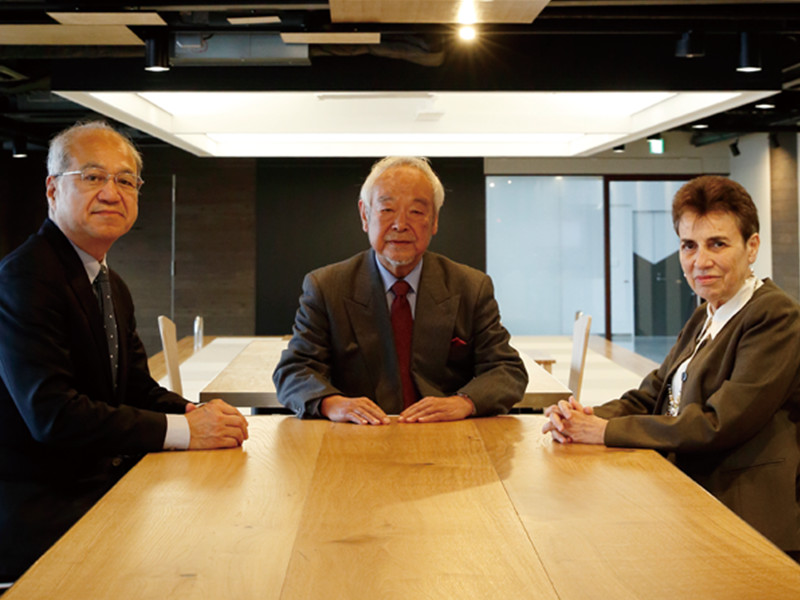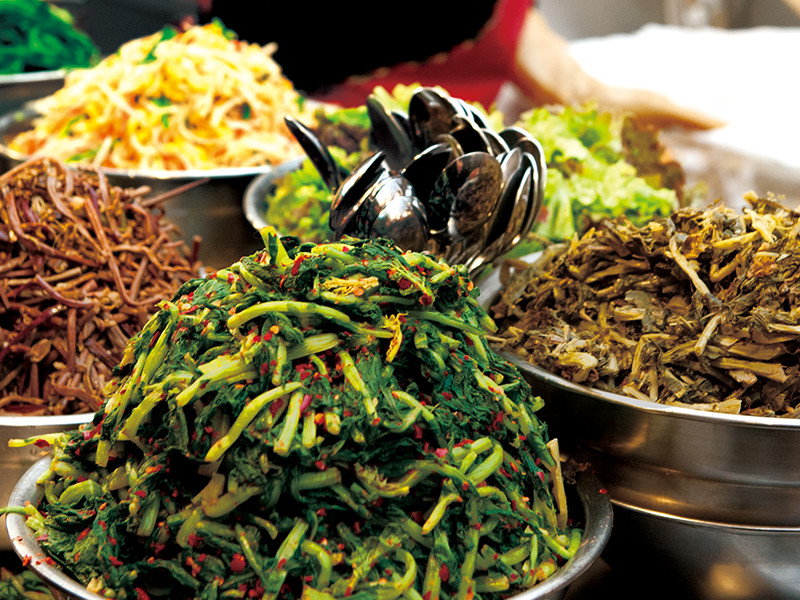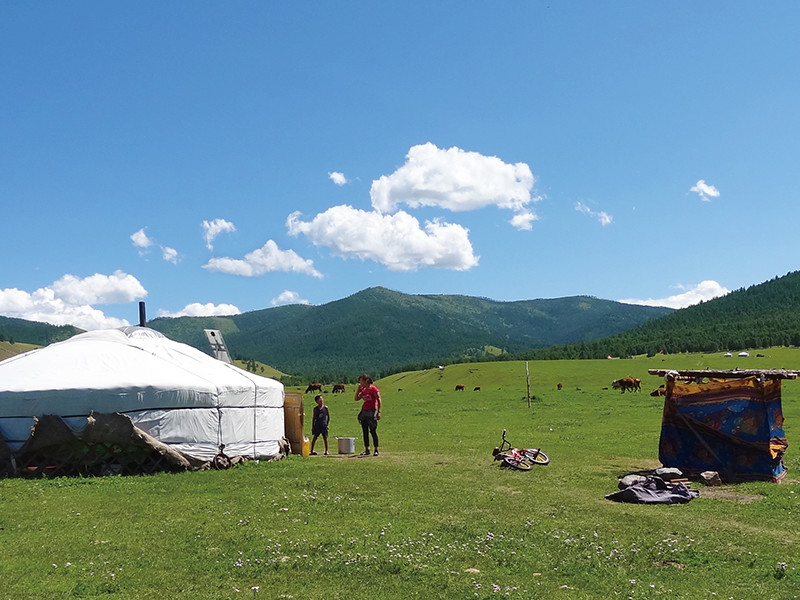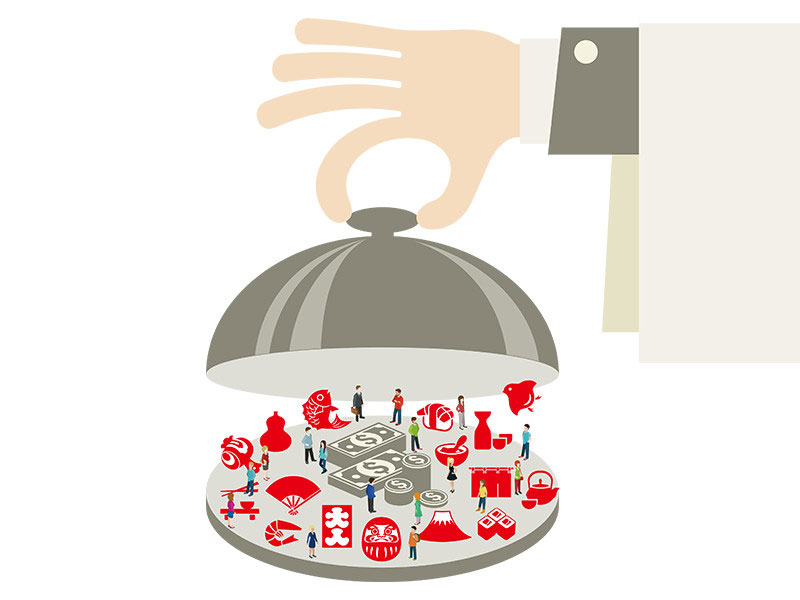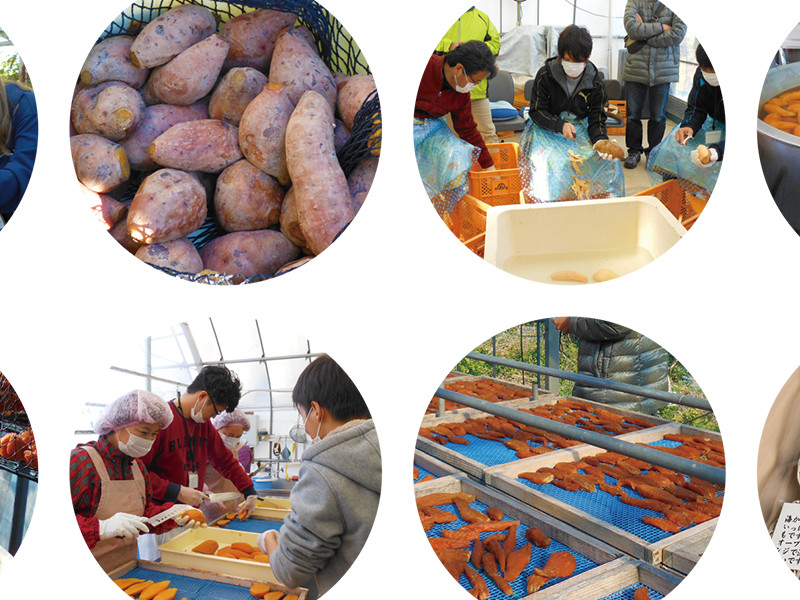STORY #1
Observing Changes in Korean
Society from the Perspective of Food
Toshio Asakura
Professor, College of Economics
Korean sharing nanum, and Japanese hospitality omotenashi, as seen at the dining table
It is said that you can learn about a person by knowing their eating habits. For this very reason, food is treated as an important area of study in the field of cultural anthropology and folklore. Describing Korea as “a paradise for food lovers,” Toshio Asakura focuses on food in his search for clues to understand Korean culture and society itself.
It was in 1980 when Asakura conducted his first fieldwork on Tocho Island, located in the archipelago off southwestern South Korea. He visited the homes of the islanders, who offered him food and provided accommodation, and conducted a survey of the reality of their lives. The first hurdle to making the survey a success was to “enthusiastically eat all of the food served.” “By sharing food with them, I could earn their trust,” Asakura says. “It was almost like an interview.” Since that time, through fieldwork spanning more than 30 years, he has studied people's lives in great depth and—through the filter of “food”—observed changes in both Korean society and culture.
“What I first feel when eating with Korean people is their vigorous energy in relation to eating,” says Asakura, while also mentioning that Koreans’ attitude toward food is represented in their tableware. For example, both Japanese and Korean people use chopsticks, but there is a big difference in that Koreans use spoons in addition to chopsticks so they can eat in a more dynamic manner. In addition, Asakura has witnessed the magnitude of Koreans’ energy toward food in their language expressions. “Korean people express becoming old as ‘eating age,’ summer fatigue as ‘eating heat,’ and making a decision as ‘eating heart.’ As these expressions clearly show, the Korean language has many expressions which use the verb, ‘eat.’ This can be interpreted as being a result of their high level of interest in food.”
Asakura has written an interesting book that classifies Japanese and Korean cultures and spirits using the keywords of sharing and hospitality. In Korea, when there is a guest in attendance, they will serve a bowl full of rice and entertain the guest with an abundance of food. At a table, people will assemble around a pot in the center and together pick the food from it. In Japan, a full bowl of rice is avoided as it is considered to bring bad luck, and it is common practice to serve a sensible amount of rice while also encouraging a second helping. Similarly, in front of a shared dish, Japanese people avoid using their own chopsticks and consider it polite to use serving chopsticks when serving food into one's individual dish. Asakura explains, “This difference comes from the institutionalization of Confucian culture.”
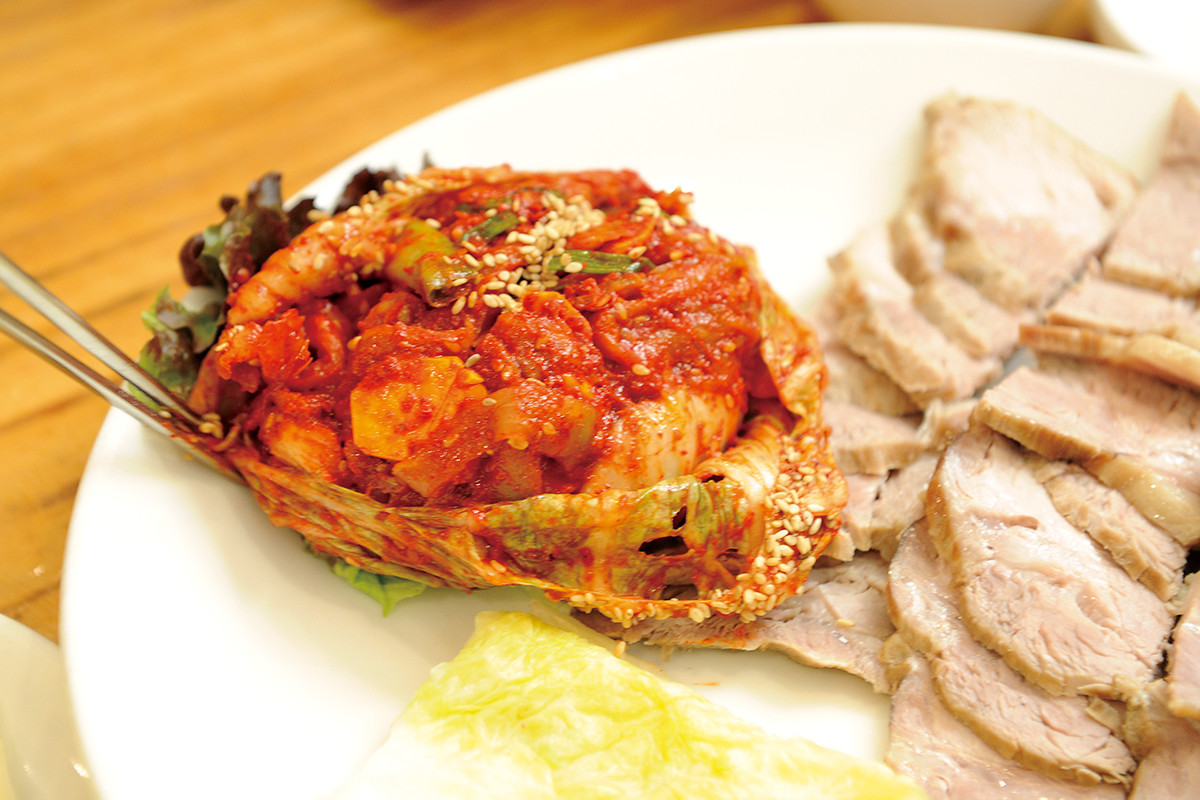
Shigeki Koyama
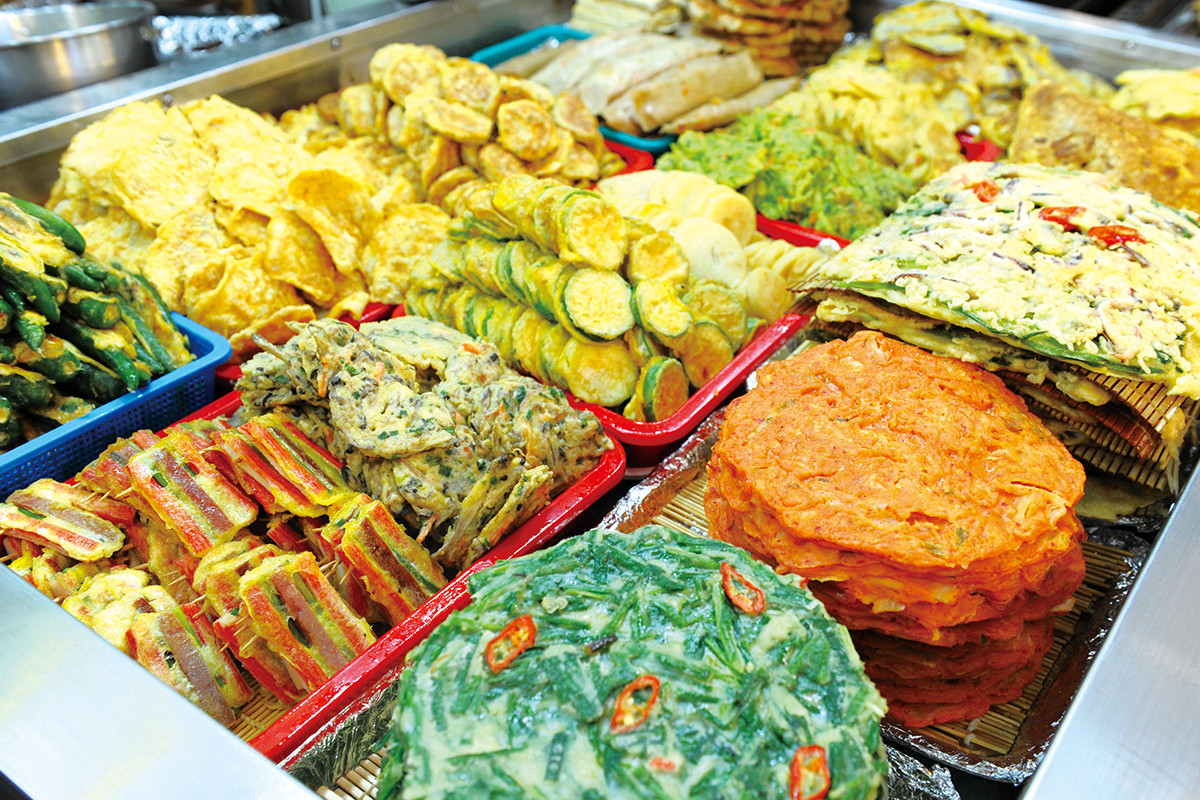
Shigeki Koyama
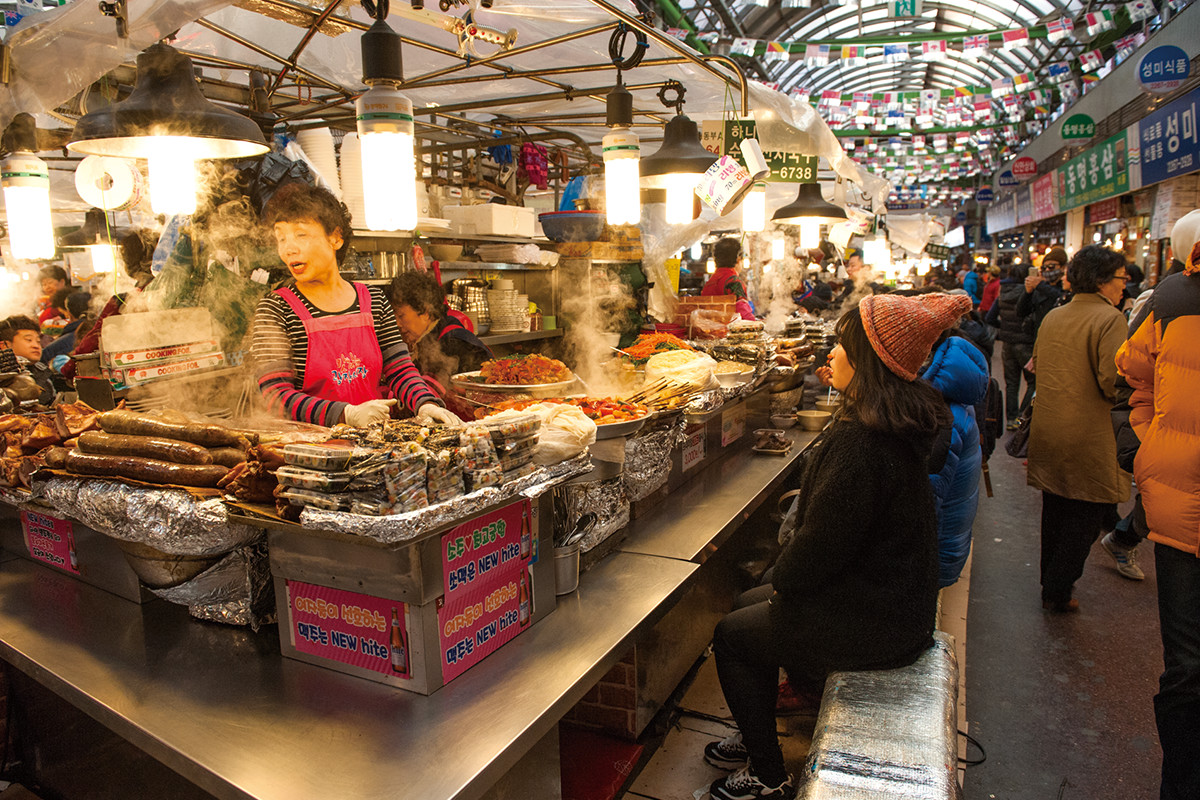
Shigeki Koyama
In the Korean peninsula in the 14th century, when the Yi dynasty ruled Korea, Confucianism was designated as the state religion, and its teachings were deeply rooted in society. “According to Confucianism, a relation of the eighth degree is considered to be ‘one’s family.’ Furthermore, Koreans have a genealogical familial record called ‘munjung’ and recognize that one’s family extends in concentric circles with oneself at the center. They have thus developed a culture where they try to share everything with those within the circle because they are all family.”
At the same time, when Japan imported the Confucian education model in the Edo era, such teaching regarding filial piety did not result in memorial ceremonies for the ancestral spirits or the institutionalization of familial structures. “In Japan, it is considered that one’s family extends up to relations of the third degree at most, and that other people are strangers. In other words, in Japanese society, one is surrounded by more strangers than family members. Such a conceptual awareness of strangers probably led to the idea of caring for others or hospitality,” Asakura adds.
According to Asakura, Korean “Kimjang”—the making and sharing of kimchi—which was recently registered as a UNESCO Intangible Cultural Asset, also symbolizes this culture of sharing. Korea has a custom whereby all clan members make kimchi together before winter, and share it amongst themselves. Even today, there is an activity called “Sharing of Kimjang kimchi”—or giving kimchi to lower-income earners. This is derived from such a tradition.
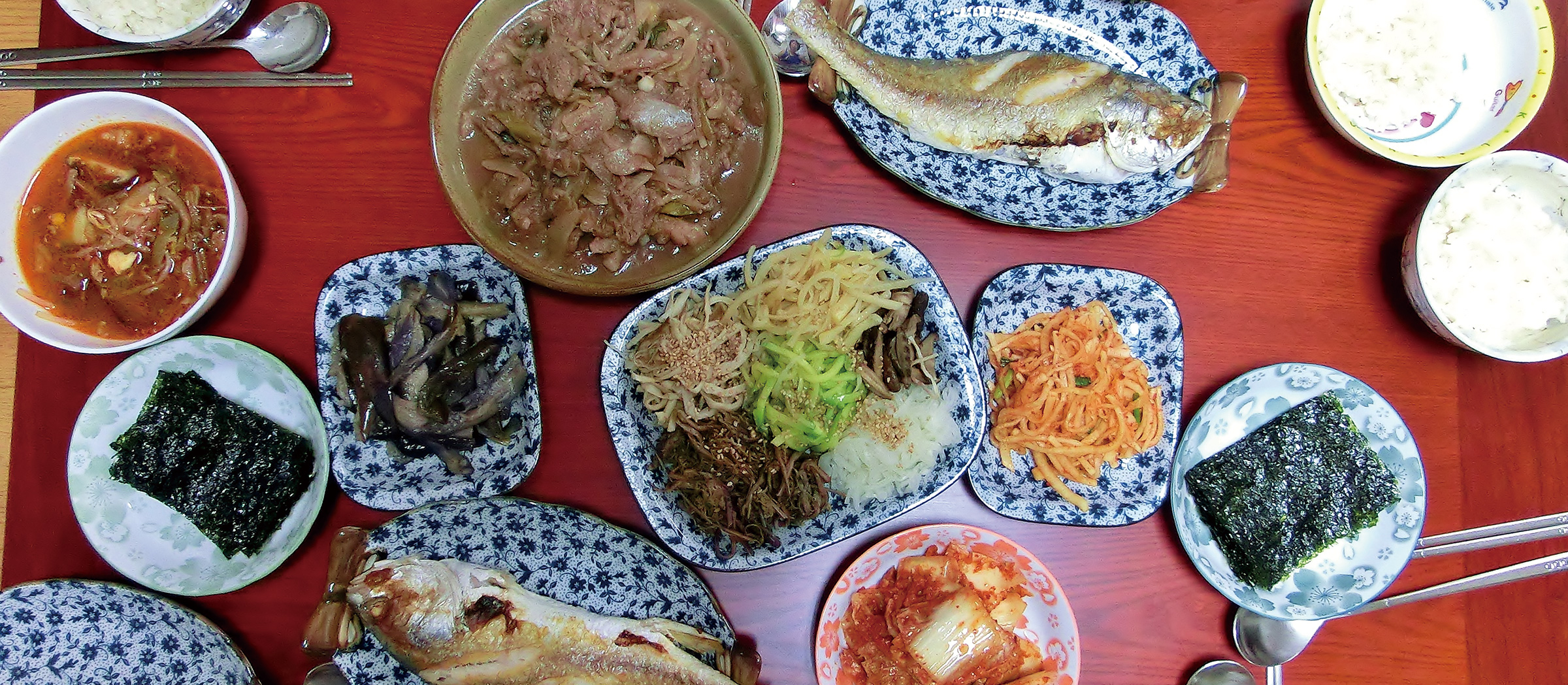
Akiko Moriya
“Comparing cultures that appear similar but are actually quite different allows for a better understanding of your own culture,” Asakura says. He explains an interesting historical point that led to the difference between Japan and Korea in the use of tableware such as chopsticks and spoons. In Japan, one can still find horizontal picture scrolls and documents indicating that aristocrats used spoons until the 12th century. Asakura suggests that this changed due to the advent of hocho (kitchen knife) culture. “As represented by sashimi or raw slices of fish, a culture of decorating dishes with the skillful use of kitchen knives was somehow established in Japan. I believe that as a result, Japanese people started to use chopsticks exclusively in order to avoid spoiling the beautifully arranged dishes.”
When comparing countries from the viewpoint of food, one can see diverse aspects of individual countries. Asakura says, “It's very interesting to compare similarities and differences between cultures in Asia from the perspective of food.”
Since the 1980s, Korean society has changed drastically, while its culture has rapidly become globalized. Asakura has identified such changes by observing transitions in people’s dietary customs and habits. Going forward, he aims to continually observe the diverse changes as experienced by Korean society in comparison with Japan and other Asian countries, from the perspective of food.
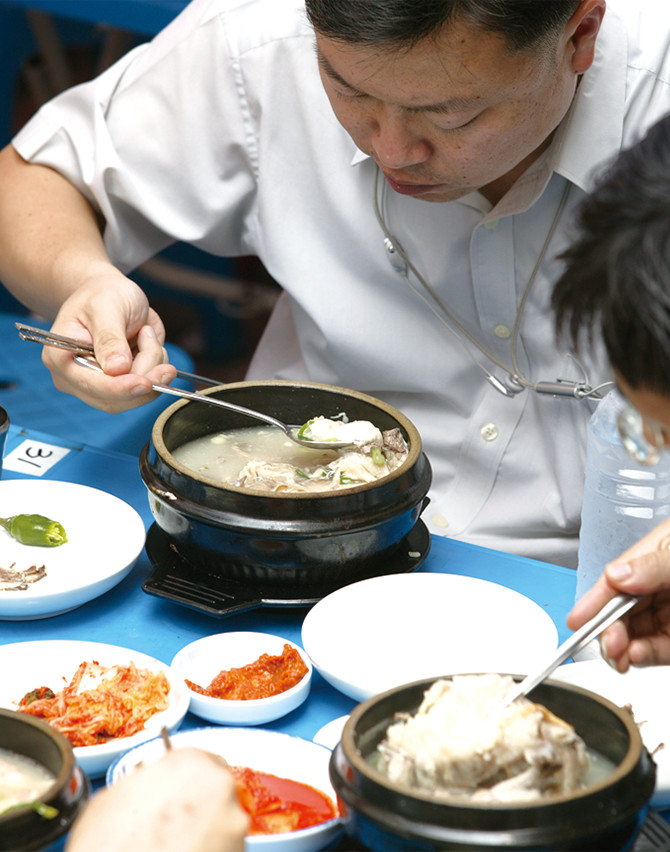
The National Folk Museum of Korea
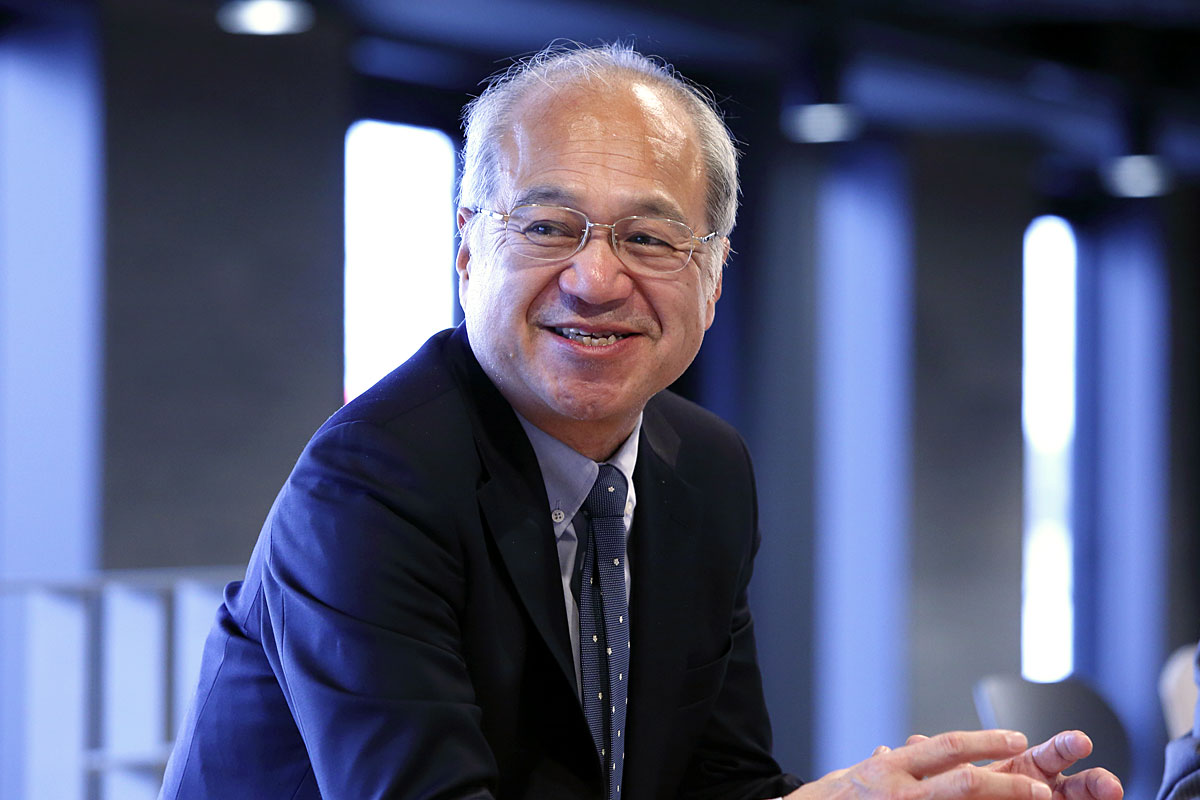
- Toshio Asakura
- Professor, College of Economics
- Subject of Research: Korean society—Aspects in globalization
- Research Keywords: Social anthropology, Korean studies
